Apocalypse and Post-Politics
Apocalypse and Post-Politics
The Romance of the End
Mary Manjikian
LEXINGTON BOOKS
Lanham Boulder New York Toronto Plymouth, UK
Excerpts from World Made By Hand , copyright 2008 by James Howard Kunstler. Used by permission of Grove/Atlantic, Inc.
Published by Lexington Books
A wholly owned subsidiary of The Rowman & Littlefield Publishing Group, Inc.
4501 Forbes Boulevard, Suite 200, Lanham, Maryland 20706
www.rowman.com
10 Thornbury Road, Plymouth PL6 7PP, United Kingdom
Copyright 2012 by Lexington Books
All rights reserved . No part of this book may be reproduced in any form or by any electronic or mechanical means, including information storage and retrieval systems, without written permission from the publisher, except by a reviewer who may quote passages in a review.
British Library Cataloguing in Publication Information Available
Library of Congress Cataloging-in-Publication Data
Manjikian, Mary.
Apocalypse and post-politics : the romance of the end / Mary Manjikian.
p. cm.
ISBN 978-0-7391-6622-2 (cloth : alk. paper)ISBN 978-0-7391-6624-6 (electronic)
1. American fictionHistory and criticism. 2. Apocalypse in literature.
3. End of the world in literature. 4. ExceptionalismUnited States. I. Title.
PS374.A65M36 2012
813'.009353dc23
2012000555
 The paper used in this publication meets the minimum requirements of American National Standard for Information SciencesPermanence of Paper for Printed Library Materials, ANSI/NISO Z39.48-1992.
The paper used in this publication meets the minimum requirements of American National Standard for Information SciencesPermanence of Paper for Printed Library Materials, ANSI/NISO Z39.48-1992.
Printed in the United States of America.
Introduction
I n recent years, the United States of America has undergone major challenges and trials in the area of foreign policy, domestic politics, and the economy. Since the beginning of this new century, citizens have watched as their nation became the subject of a terrorist attack on their own soil, as a devastating natural disaster in New Orleans crippled large sections of America, and as economic problems have had very real impacts on their lives. To most Americans who are used to living in what was ostensibly the safest country in the world, these threats seem to defy logic and comprehension.
At the same time, Americans developed a fascination with apocalyptic scenarios. Hollywood profited from the release of films like I Am Legend, The Book of Eli, and The Road while television shows like Survivor became popular as well. In literature, there were a number of bestselling novels writtenall of which rest on the premise that America has been destroyed frequently due to errors committed by its own government. In each case (film, literature, and television), Americas citizens are described as at sea in a world which is virtually unrecognizable. In this new world, the state no longer exists, citizenship and rule of law have been forgotten, and Americas sense of historic destiny and role as a world leader and beacon of progress are only distant memories.
But how do we explain the sudden rise of interest in this type of imagining? What accounts for increased production and reader demand for this literature and what does it say about how Americans feel about their nations position in the world today? Man has always been fascinated by tales of disaster and terror, and has always been drawn to theorize about his own final end or the demise of the world. As long as we could conceptualize of our world as having a history, we haveunderstandablywondered about how it would end. Indeed, the first epic ever written, the ancient Sumerian Epic of Gilgamesh (believed to date from 2000 BC) rests on the myth of a flood which overtakes the world and destroys everyone except for a chosen few. (The story shares many similarities thus with the story of Noah and the flood.) More recently, the author Justin Cronin has assured us in his novel The Passage that: It happened fast. Thirty-two minutes for one world to die, another to be born.
However, historians tell us that for most of history, religious apocalyptic theorizing was largely the province of the weak and the disenfranchised. Individuals who lacked education and an understanding of the modern world saw an event like a plague or a flood as a type of divine judgment. Thus we can understand and explain the growth of apocalyptic theorizing during the outbreaks of plague in Europe in the 1500s. The disenfranchised subject in particular may be drawn to the fact that an apocalypse affects all alike, from the poorest to the wealthiest member of society, and the poor member of society might be comforted to think that the wealthy will be punished while he himself might profit from divine favor.
But all sorts of people are drawn to apocalyptic theorizingof both the secular and the religious variety. And the more citizens begin to know about the natural world, the more they are fascinated about sources of disaster. Increasing education has not led us to explain away disaster and cease to find it a subject of interest. Rather, educated citizens living in relatively safety are frequently not reassured when they hear about disaster. They are not comforted. They are merely intrigueddesiring to know more and to explore disaster in all its facets.
In modern times, one can point to the huge swell of popular interest around the world which followed the devastating Lisbon earthquake in 1755. The earthquake, which registered the equivalent of 8.5 on the Richter scale, took place while citizens were packing Portugals churches to celebrate All Saints Day. Hundreds of thousands died of crush injuries as the churches collapsed upon them while others perished in the fires that soon followed. Still more died in the tsunami produced by the earthquake which came ashore in short succession with thirty-foot waves. As the historian Nicholas Shrady tells us, newspaper readers around the worldfrom the American colonies to England and throughout Europedevoured lithographs and drawings of the devastation which occurred and organized scientific roundtables to learn about and study the phenomenon. Indeed, Voltaires literary work Candide , written at the same time, included an earthquake as one of its seminal events.
Approximately 130 years later, in August 1883, amateur scientists and current-events watchers around the world were fascinated by news of a volcanic explosion in Krakatoa, Indonesia. That event produced what the historian Simon Winchester calls the loudest sound ever experienced by man on the face of the earth. The geography of the whole Indonesian region was changed and climactic effects were felt in Europe and the United States, as dust clouds blotted out the sun and caused an unusually cold summer and crop failures. In the aftermath of the explosion which killed approximately 35,000, lectures and scientific projects were again organized around the world to study the phenomena, and at least one Victorian childrens book includes the event as a subject of the story.
At the same time historic audiences were fascinated by genuine disasters, they were equally drawn to experiencing what the analyst Ted Steinberg terms faux disaster. He argues that from a position of relative safety in the United States, it has been easy for Americans in particular to regard disaster as a form of entertainment. He describes a range of disaster-related amusements available to the average New Yorker in the early 1900swith rides and exhibits at Coney Island which simulated Mount Pelee erupting and even the 1889 Johnstown storm and flooding incident. Even today, visitors at U.S. amusement parks can experience the Last Days of Pompeii at Busch Gardens in Williamsburg, Virginiaas well as having the opportunity to ride on amusements with names such as the Tornado, the Earthquake, and the Tsunami.

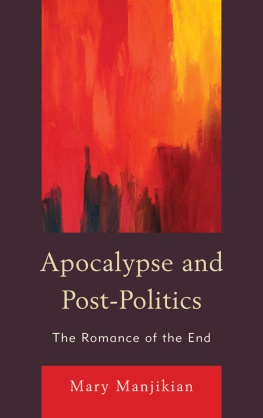
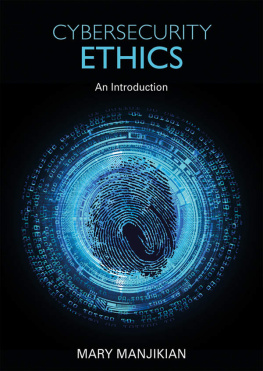

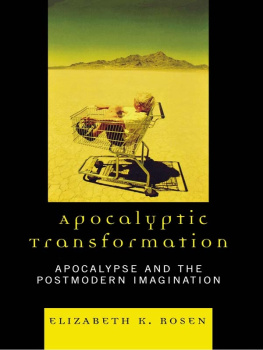
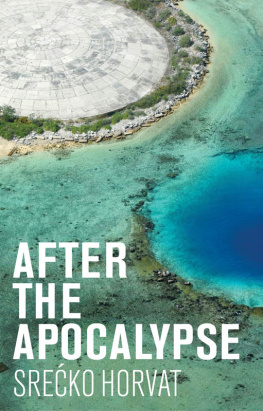
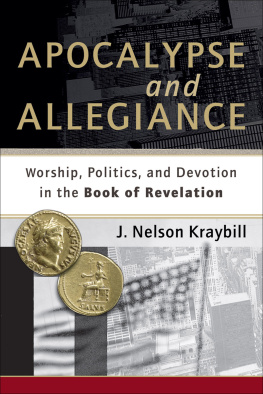

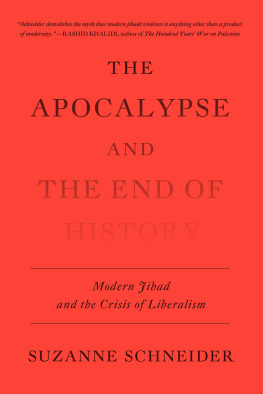



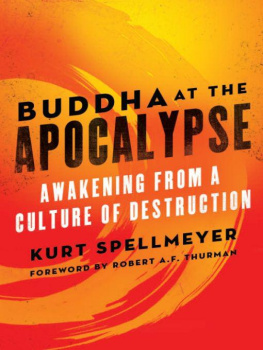
 The paper used in this publication meets the minimum requirements of American National Standard for Information SciencesPermanence of Paper for Printed Library Materials, ANSI/NISO Z39.48-1992.
The paper used in this publication meets the minimum requirements of American National Standard for Information SciencesPermanence of Paper for Printed Library Materials, ANSI/NISO Z39.48-1992.